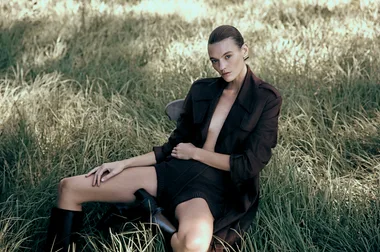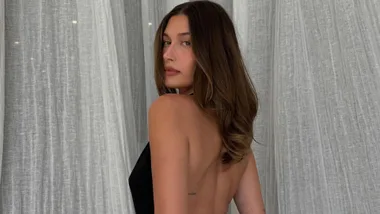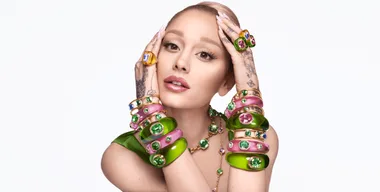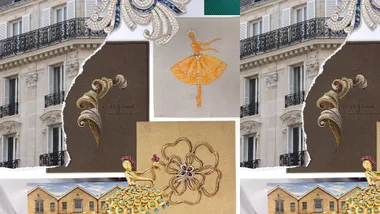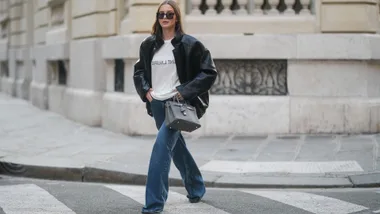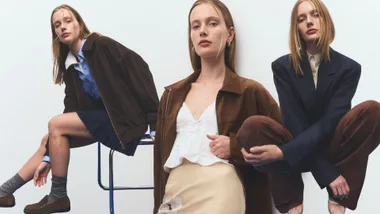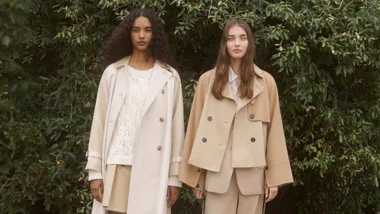You know who looked beautiful at New York fashion week? Reshma Quereshi. Yes, the 19-year-old Indian woman whose vile excuse for a brother-in-law flung acid in her face two years ago. She bears the scars, and they’re severe (she lost one eye), but she is beautiful, not least because of her strong spirit.
Quereshi’s presence was guaranteed to secure headlines for the Mumbai-based designer Archana Kochhar, as well as help spread awareness about these venal cowardly attacks which happen more often than they should. But it also reflected a growing acceptance, in Fashion Land and beyond, for a much broader definition of what’s considered beautiful today.
The production company that staged Kochhar’s show, FTL Moda, aims to introduce major diversity to the runway. Last season they cast Brisbane model Madeline Stuart, who has Down syndrome, in her second NYFW show. She looked wonderful.
RELATED: Indian Acid Attack Survivor Walks At NYFW
The message is that there is beauty in difference and in the unexpected; indeed there is beauty in what was once considered the opposite.
Over time popularly held definitions of beauty change. We can identify clear trends over the past century. The 1920s was the flapper era when cropped hair and boyish figures were all the rage. In the 1930s, when photography first started to turn up regularly in fashion magazines, the likes of Georges Hoyningen-Huene and Baron de Mayer preferred to lens long, lean society ladies in the era’s languid bias-cuts.
In the ’40s fashion modelling in general fell off a bit thanks to WWII, but magazine spreads and ads from the time show a preference for healthy-looking, red-lipsticked girls who knew how to wear trousers.
The 1950s was all about womanly elegance – younger models were heavily made up to look older and more sophisticated, while the undisputed fashion plate of the era, Lisa Fonssagrives, was considered to be in her prime at 42.
The Twiggy effect sent fashion chasing teenage-hood in the ’60s – the ultimate was to be rake-thin and look about 16 (which just so happens to be the age that Twiggy, AKA London schoolgirl Leslie Hornsby, started modelling in 1965).
The disco era ’70s loosened up with unconventional beauties like Angelica Houston and Marisa Berenson coming through, and Yves Saint Laurent making African-French model Katoucha Niane a muse. But while Beverly Johnson became the first African-American model to land a US Vogue cover in 1974, the reign of the blue-eyed blondes continued through the ’80s.
Naomi Campbell, Linda Evangelista, Cindy Crawford and Christy Turlington made the ’90s the supermodel era with their Amazonian physiques and powerful curves – until a waif-like Kate Moss challenged all that.
But where were the Asian beauties? I remember when we rarely saw an Asian face on a magazine cover, or even a runway, which seems laughable now, given that today’s most influential models include Liu Wen (Chinese), Soo Joo Park (Korean-American) and Aussies Jess Gomes and Fernanda Ly.
But diversity in 2016 means more than just a pleasing breadth of ethnicity. The old ideas around what sort of face – and body – sells clothes are steadily being dismantled.
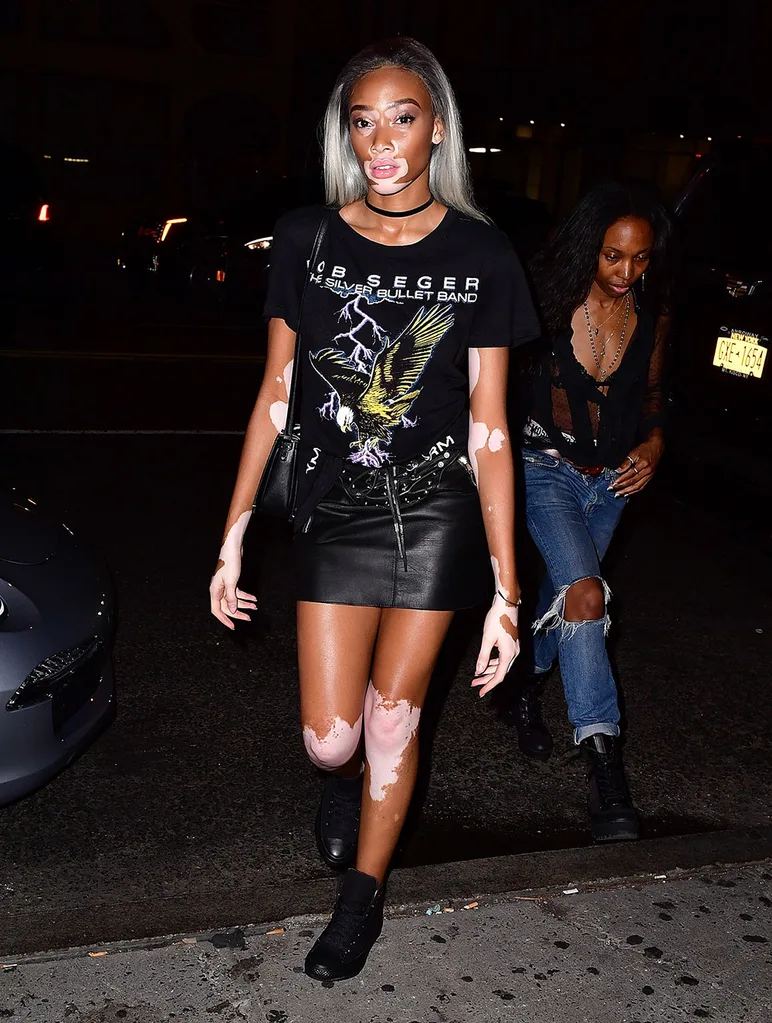
Today a model like Winnie Harlow, who has the skin condition vitiligo, can be a cover girl, while a woman in her nineties, Iris Apfel, lands major campaigns.
Plus-sized models are increasingly sought after, although we need a new term for them please. (What does it mean anyway when the supposedly “plus-sized” Robyn Lawley is a size 12?)
I am writing this from London the day before fashion week kicks off here. The UK media is full of the #FashionForEveryBody campaign, which launched in the city today.
According to the Evening Standard, a survey of 2,000 people found more than a quarter of them want size zero models banned from the catwalks. Close to 80 per cent reckon brands would sell more clothes if they used models that looked more like ordinary folk.
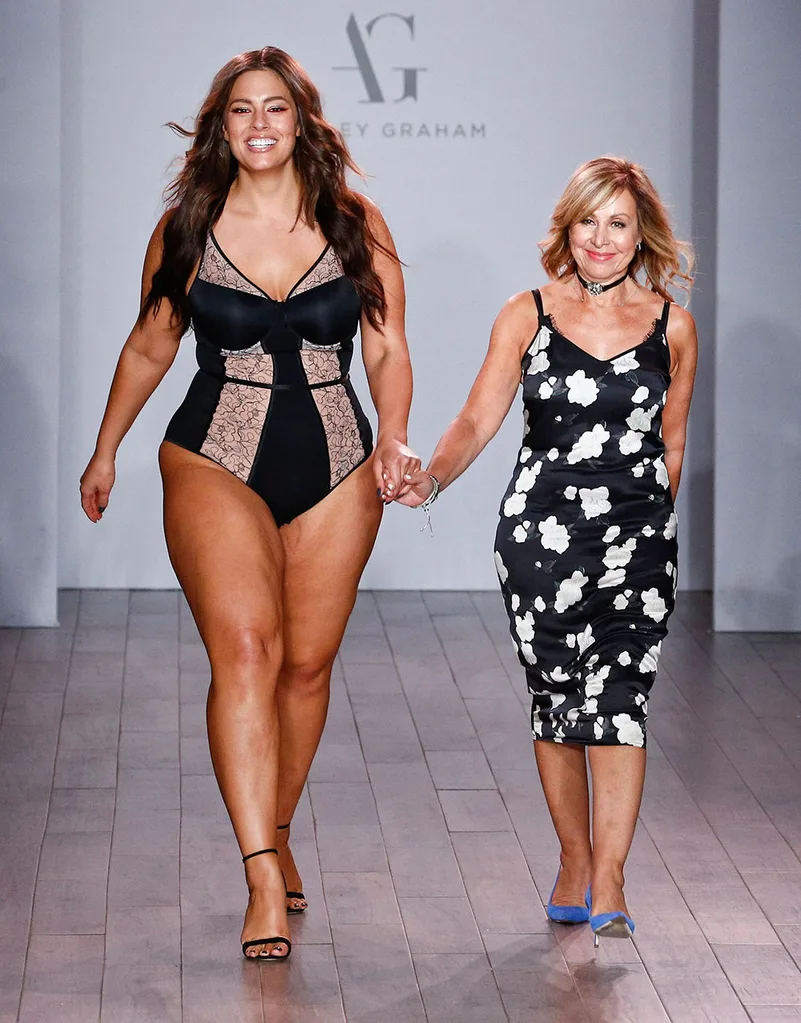
In New York, Christian Siriano has already heeded that call. The designer who stepped up to dress Ghostbusters star Leslie Jones when she complained on Twitter that designers didn’t want to dress her not-size-zero frame, showed his Spring ’17 collection on models of all different shapes and sizes, including severl who might be termed plus sized.
He did this, according to USA Today, “quite casually” – no press release announcing how awesome and modern he was. “I love that we dress so many different types of women,” he said. “That’s what the world is, the women sitting at home, that’s what my mom and sister are. I just think it’s super important.”
There are sure to be more examples as fashion month rolls on. At least there’d better be.
Last season, before Demna Gvasalia debuted his first collection for Balenciaga in Paris, there was much talk about the democratisation of fashion – because here was a bloke from the Ukraine, who’d cut his teeth in Belgium not Paris, and mined goth, skater and slacker culture for his creative inspiration, storming fashion’s previously establishment strongholds with his new, inclusive fashion world order.
Or, um, not.
Come showtime Gvasalia made what many saw as a sad gaff, by booking only white models. How modern was that? Answer: not very.
Get the diversity mix wrong on the runway today at your own peril.
We’re all different – and we look to models, and modern fashion, in the hope of seeing our own ideals, whatever they may be, reflected back at us. Cookie cutter simply doesn’t cut it anymore.
 Instagram
Instagram
